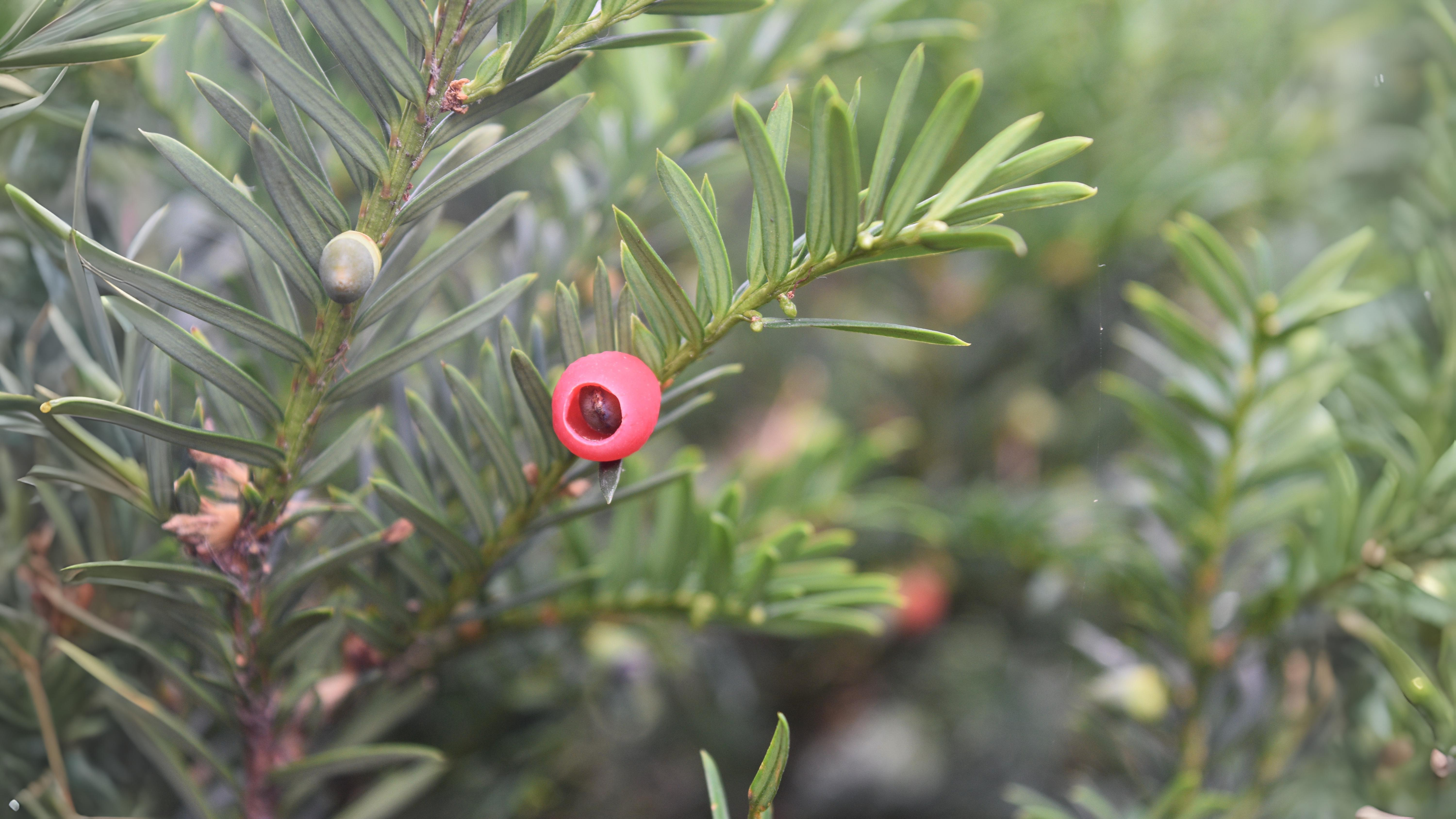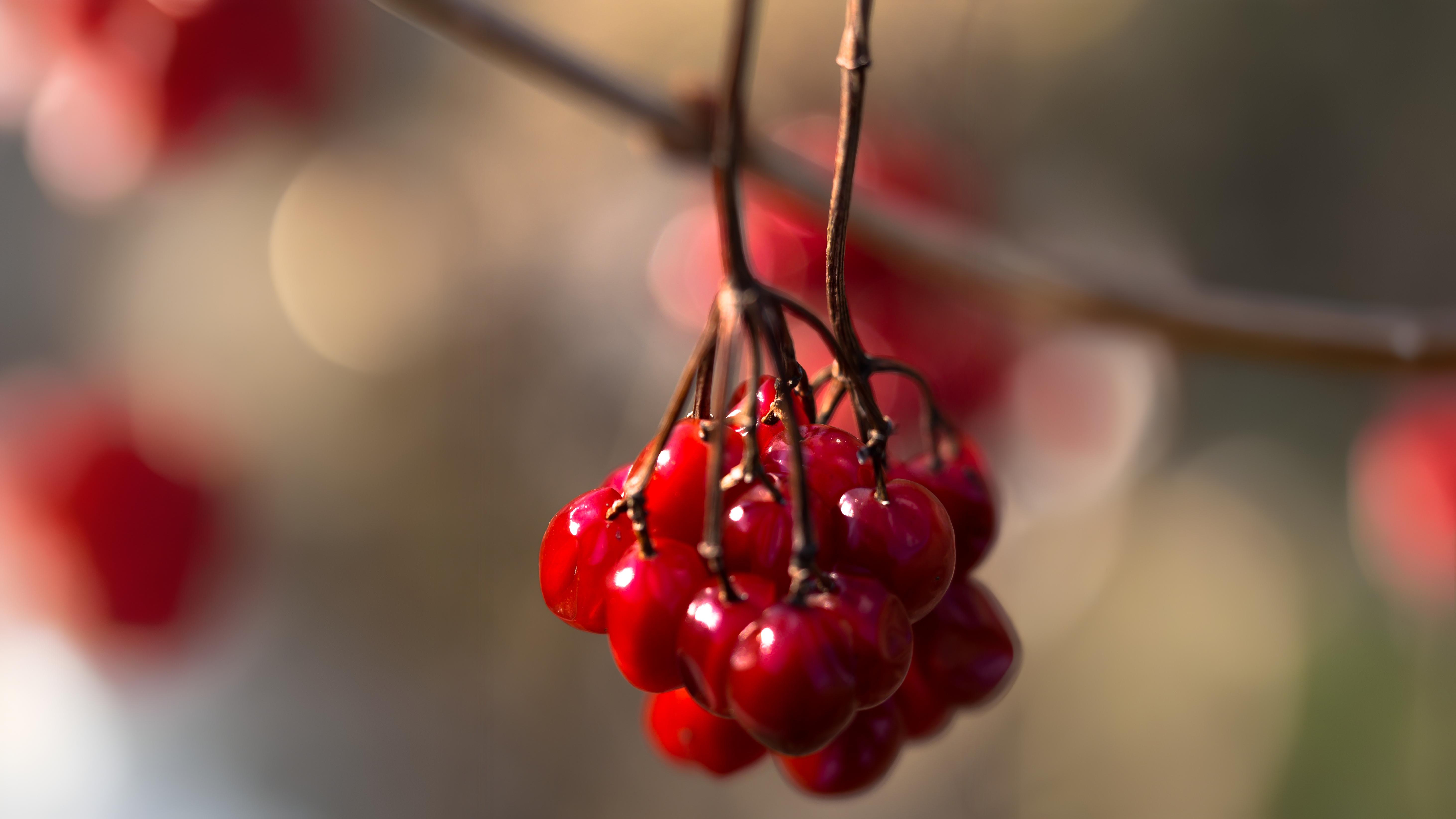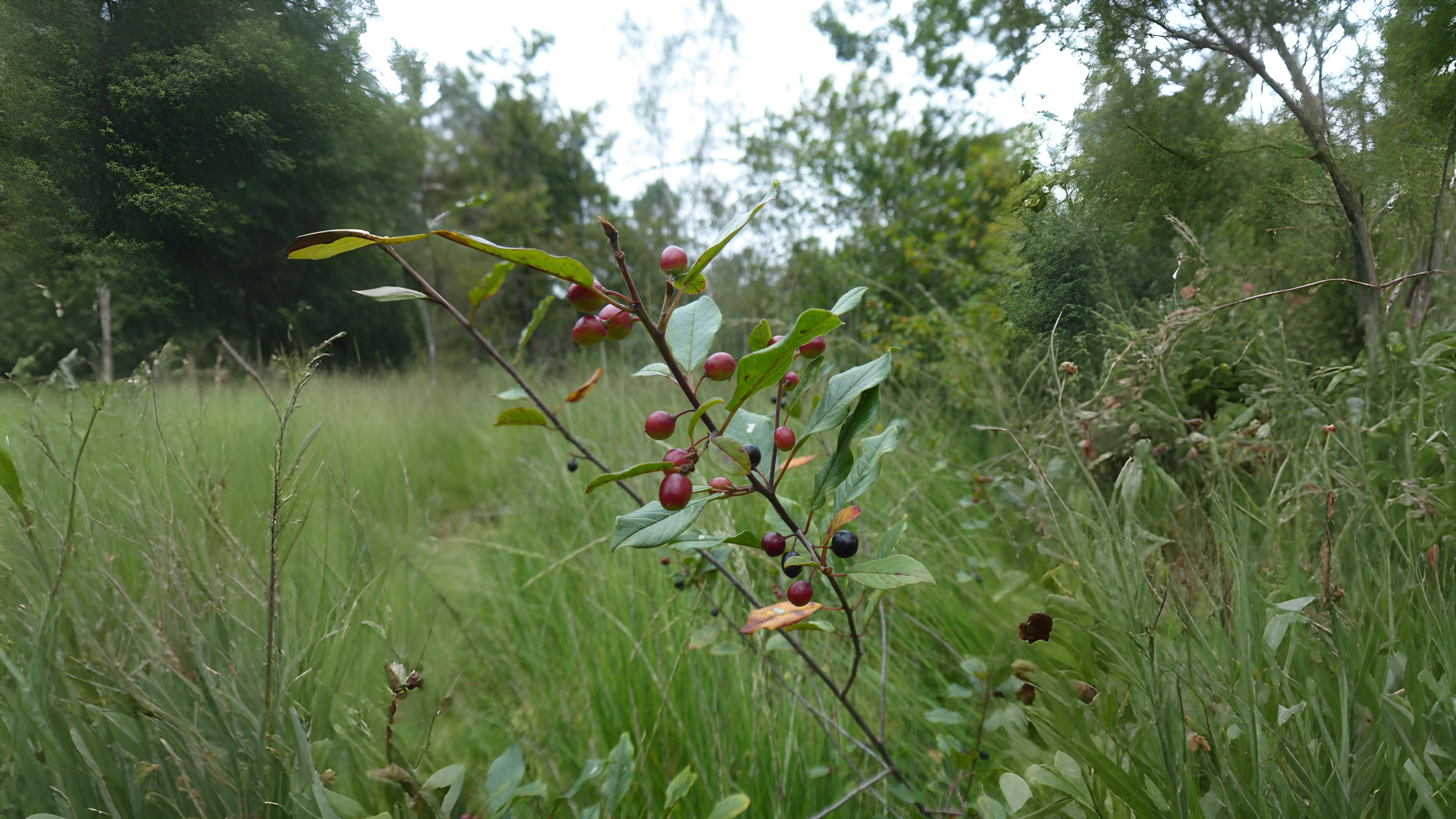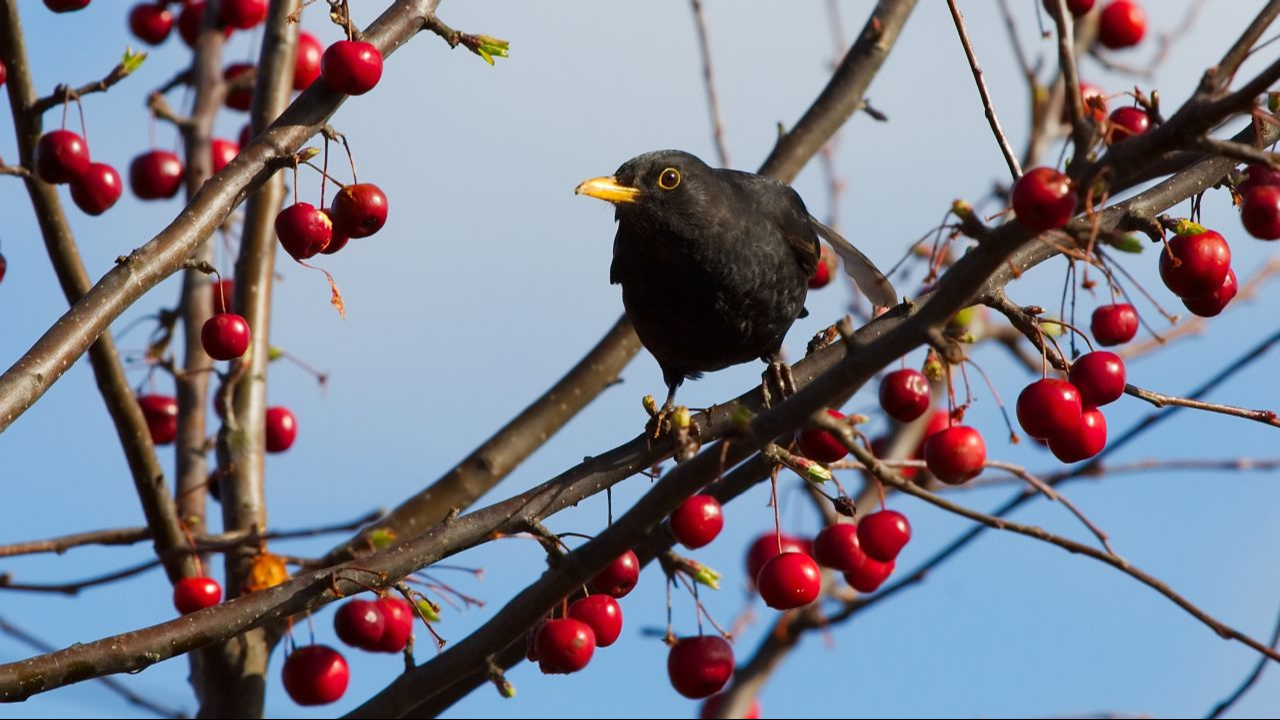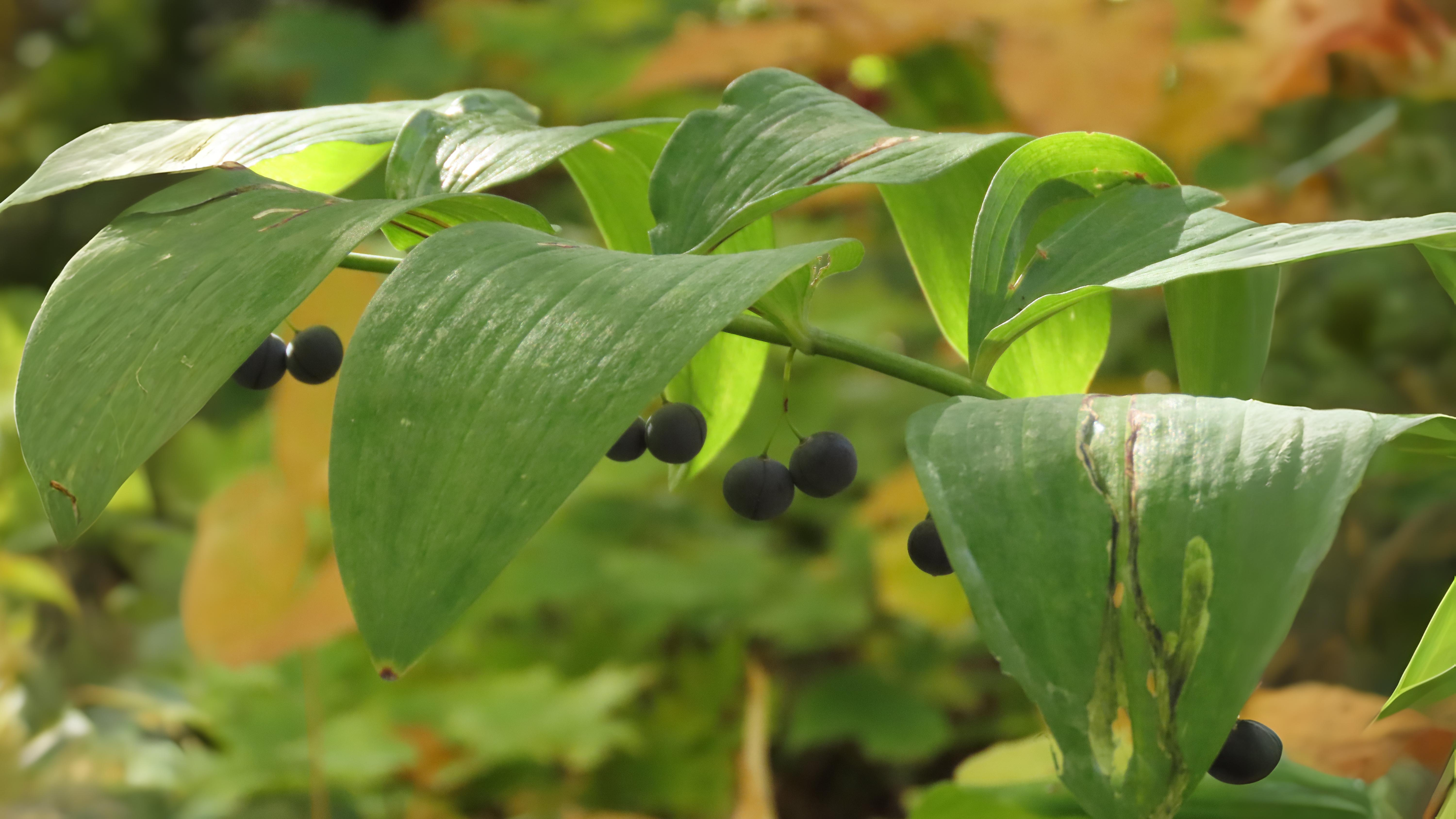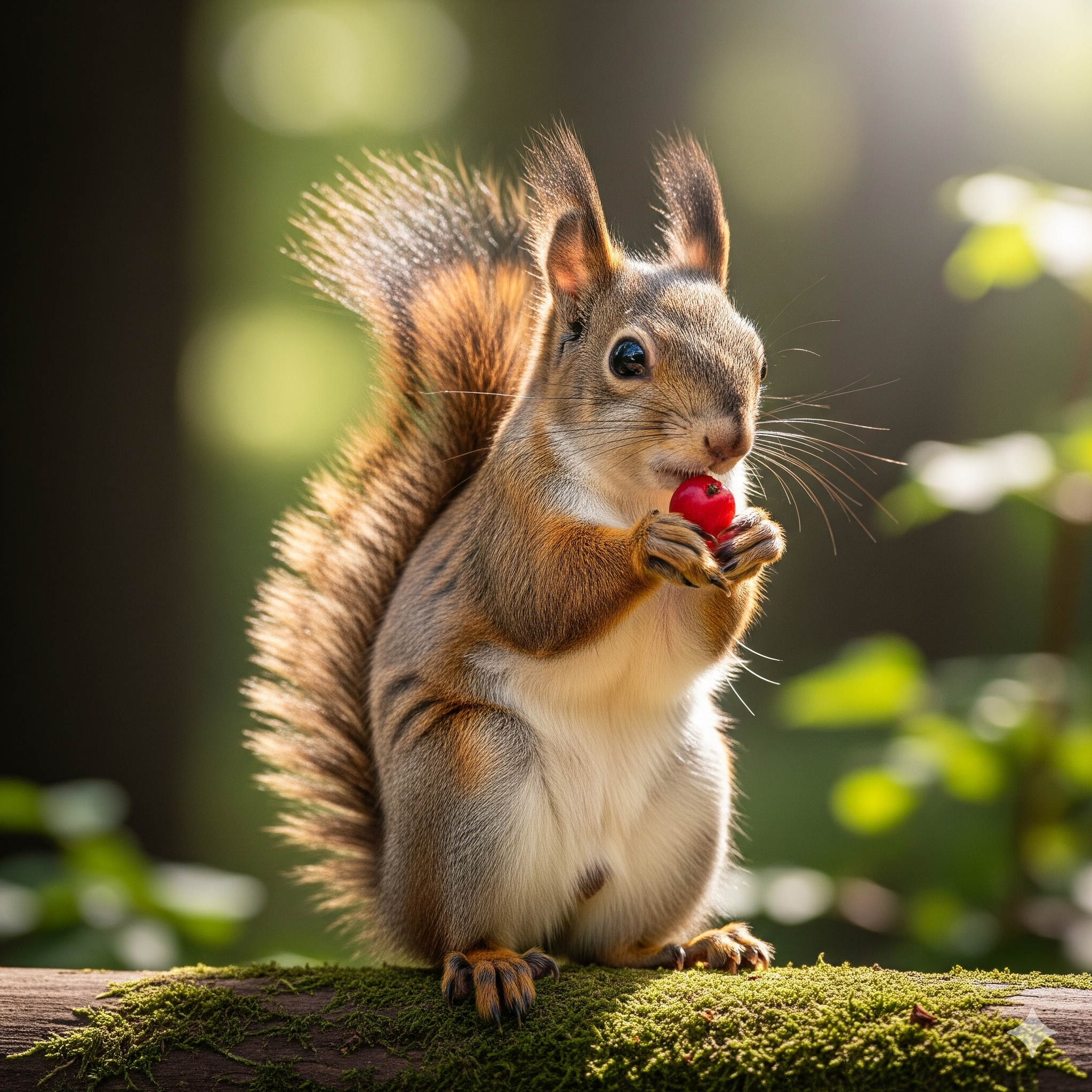
Check back on September 13th for the next autumn treasure.
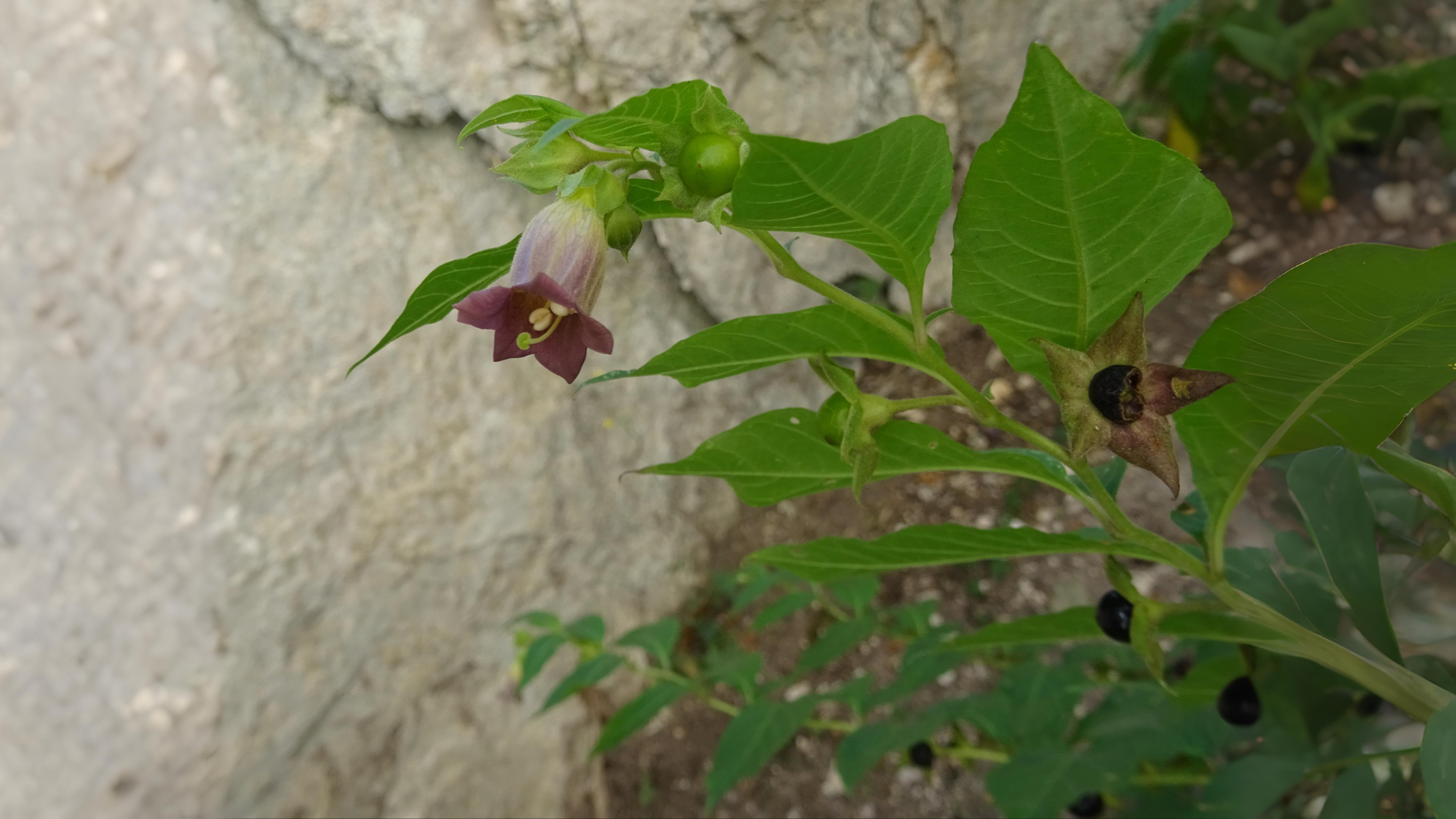

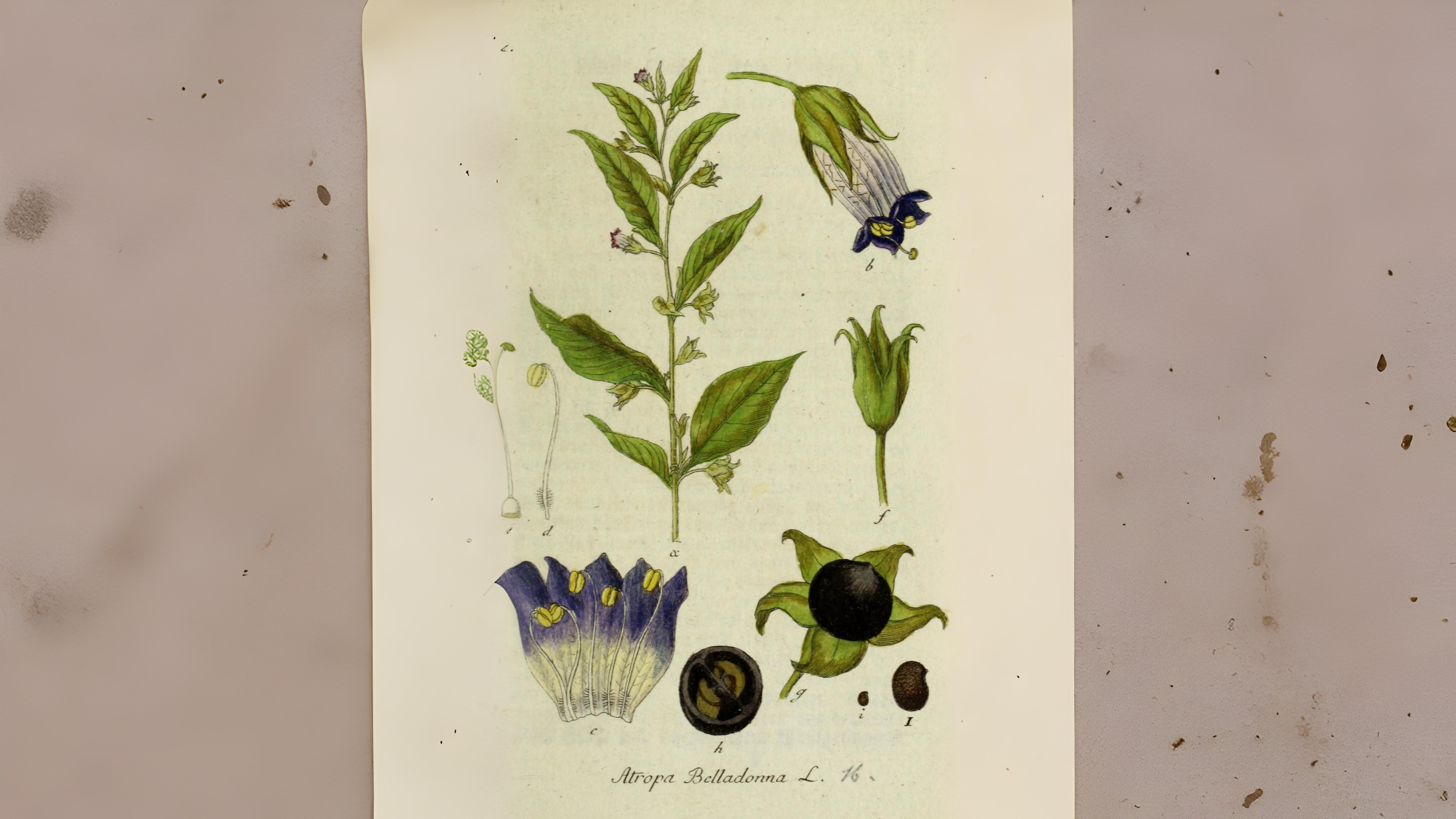

Downland is a particularly good habitat to see a range of interesting fruits at this time of year. The multi-coloured wayfaring trees seen last month are now joined by the fruits of the guelder rose Viburnum opulus which sometimes look like clear coral-coloured glass beads.
